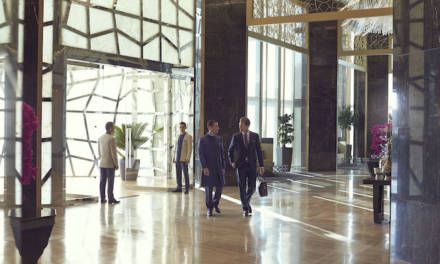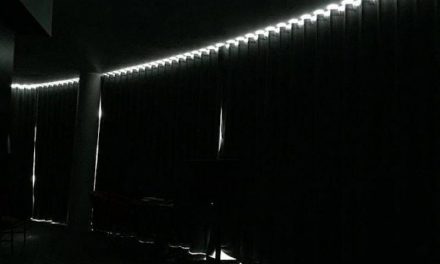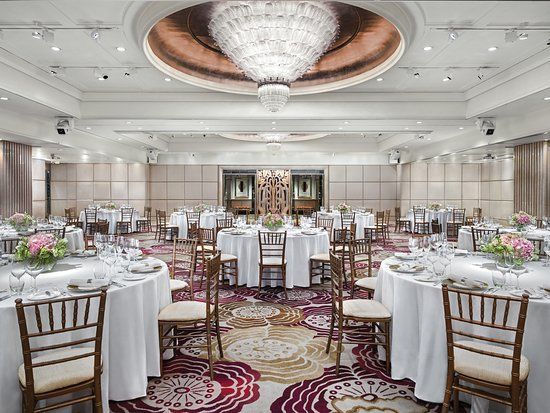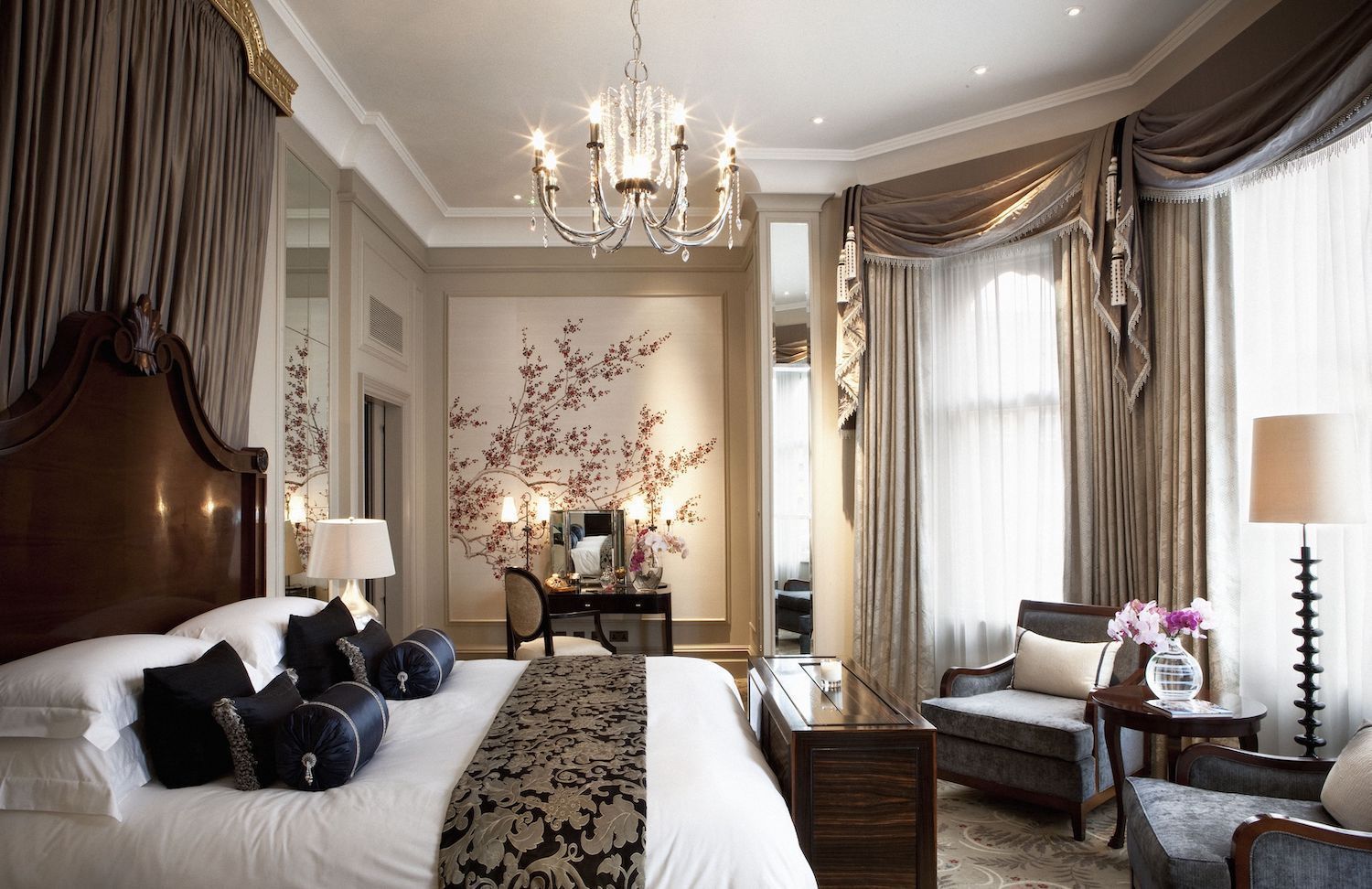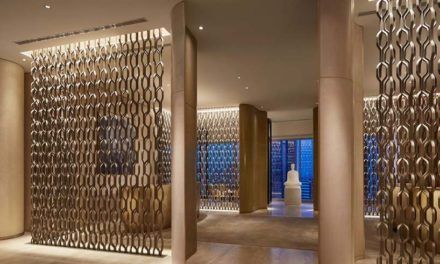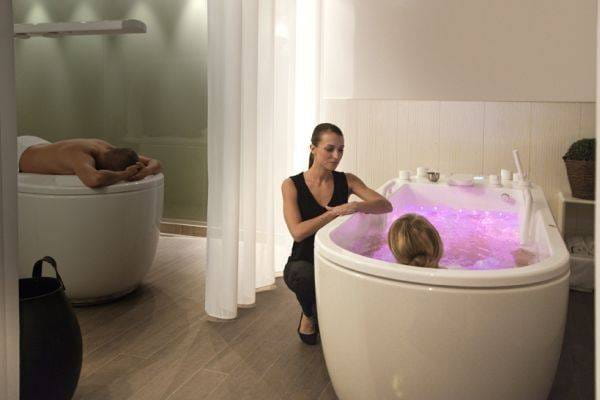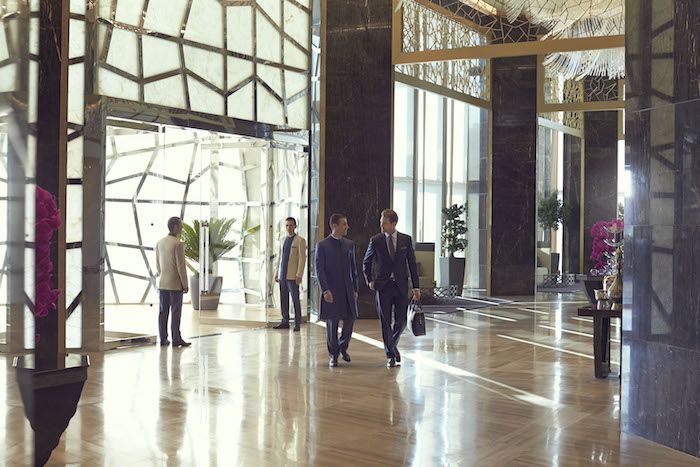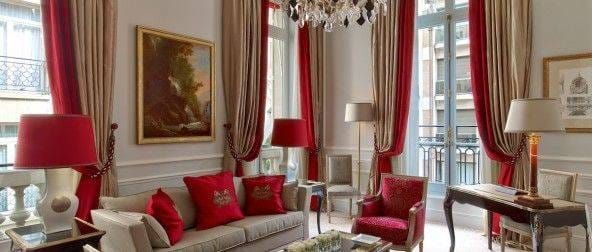I recently had the privilege of meeting with Stefan Leser, CEO of Langham Hotel and we’ve shared our hotel vision during the ILTM show:
What differentiates Langham Hotels from other hotels?
One thing that is unique is our club lounge. I almost don’t like the words ‘Club Lounge’ because a lot of people claim to have one, but if you look at our lounge products in London, this is a place you can go for breakfast, during the day, you can go for cocktails or Champagne… It’s your living room away from home. The atmosphere is very nice. It makes you comfortable to go there. There are different corners where you can sit, such as a library corner.
We have this everywhere. If it’s not there yet, it’s going to be built. We have a couple of them where we are building it. In New York, for example, it’s not done yet, or—I have to make one caveat—Sydney because the hotel only has close to 100 rooms. We basically have the floor open to everyone in the hotel so we don’t differentiate in terms of executive room categories.
Another differentiator is that we have spectacular design. We work with famous designers and architects. In San Francisco, for example, we built with Lorenzo Piano. In Tokyo, we built with Ken Kobuma, one of the most famous Japanese architects. The exterior in Chicago is by Mies van der Rohe. We actually did the renovation of the hotel with his son. This is a modern property from an exterior perspective, and so the interior is modern classic and contemporary, whereas if we go to the Langham London, it’s the same language, but it’s a little more on the classic side from a furniture and design perspective. If you’re in one of our properties, you will recognize the design language which is very important. This is also the case because we own the properties and thus control the product. We’re looking for timeless elegance and relevance in regard to design and obviously the context of the art, playing with the architecture, etc.
Our signature bar is another feature. Hotel bars can be some places where bars go to die. The Artesian in London sets the template for bars across the portfolio. The Artesian’s very glamorous, very creative and fun. This is not the kind of stuffy, formal bar where, if you look at a picture, only the bartender’s there. It’s a destination bar. It’s not that you go to the bar because you stay at the hotel. It’s a Londoner’s bar as much as it is a hotel bar. That also increases the experience for the guests because you mingle with a different crowd than just if you’re in a typical hotel bar where lounge lizards hang out.
What is the role of art in your hotels?
If you look at images of our hotel, we have a contemporary classic style. All of our properties have a similar design language. We’re very strong in terms of art. We have a strong art collection that includes Chinese art as well as other famous artists. For instance, our property in New York, Fifth Avenue, has an Alex Katz collection which is quite spectacular from the picture language perspective.
What differentiates the client experience at Langham Hotels?
That’s something we truly think we can deliver because of size and influences. People look for authenticity in terms of interactions. If you are too much of a large corporate organization, you can’t really deliver because if you want to implement your standard operating procedures on a large scale, that restrains people’s creativity and authenticity. We encourage people to interact as human beings and to create proximity with the guests.
That’s not an easy thing because it’s different for different cultures and nationalities. It plays part of the hospitality role that we are playing. You need to stay with us in London to get a feel for the brand. The British influence is something that infuses the brand in subtle ways across the portfolio which seems strange when we’re opening in modern places in China, but there are certain things like the bar, afternoon tea, etc. Our hotel was the first to ever formalize the tradition of afternoon tea. The Duchess of Bedford was bored and wanted to entertain her friends, and she wanted a meal between lunch and supper. That became a ritual in the aristocracy. No hotel offered that to the general public before we opened in 1865. We formalized the tradition that then became so synonymous with Britain.
It’s about trying to incorporate that kind of playfulness and twinkle in the eyes and the British sense of humor in the interactions. We don’t want to be uptight or stiff as a luxury offering. We don’t think that’s relevant for a lot of people anymore.
The-Langham-Hotel-London-Sterling-Suite-Bedroom
Laurent Delporte, an editor and conference speaker, is a strategic expert in the sector of hotels. A visionary, he brings his unique look on hotels in service to the decision-makers in the industry, whether to enhance the development of new projects or strategic visions.
Laurent has visited and audited over 350 hotels across the world and also participates in mystery visits to provide quality control for the world’s finest hotels.


 HOME
HOME